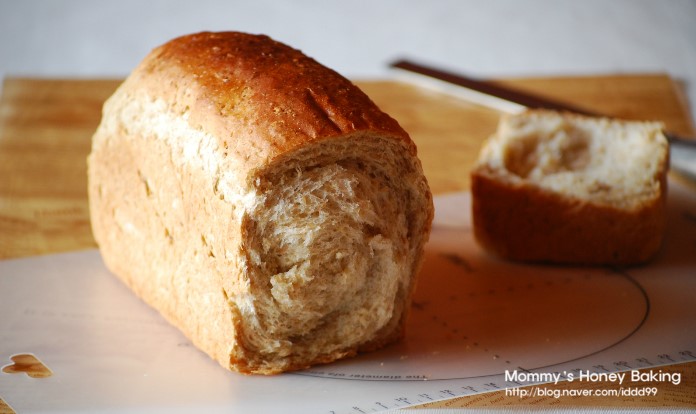
whole wheat bread of oatmeal and wheat bran
It is a whole wheat bread with a savory smell that contains good oatmeal and savory whole wheat because it is rich in dietary fiber.
3 serving
Within 999 minutes

서현마미
- Ingredients
-
-
Strong flour200g
-
whole wheat flour80g
-
oatmeal70g
-
a wheat grain20g
-
Instant Dryist5g
-
Water190~200cc
-
Sugar25g
-
a sun-dried salt5g
-
Butter25g
-
- Cooking Steps
-
STEP 1/7I used a baking machine to make dough. Put all the ingredients except butter into the kneader and return them to the kneading function, and when they start to clump together, add the butter at room temperature and return them. There are a lot of dry ingredients such as oatmeal and wheat bran, so it's good to knead it a little bit tough.
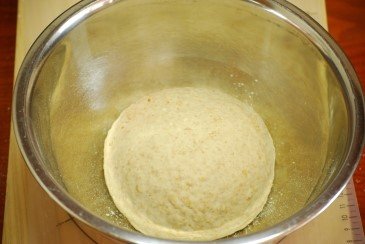 STEP 2/7When the elastic dough is completed, it is rounded and placed in a bowl, and the top is covered with plastic wrap, and the first fermentation is performed at room temperature by drilling three to four holes of breath. If the volume of the dough increases more than twice, the fermentation is complete. When you poke it with your flour-coated finger, it's fermented well if it doesn't wrinkle at all.
STEP 2/7When the elastic dough is completed, it is rounded and placed in a bowl, and the top is covered with plastic wrap, and the first fermentation is performed at room temperature by drilling three to four holes of breath. If the volume of the dough increases more than twice, the fermentation is complete. When you poke it with your flour-coated finger, it's fermented well if it doesn't wrinkle at all.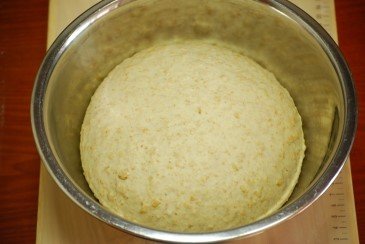 STEP 3/7Place the dough on a workstation, press it with your palm to drain the air, and then it is rounded again and covered with vinyl or wet cotton cloth on the top, and let it rest for about 15 minutes at room temperature.
STEP 3/7Place the dough on a workstation, press it with your palm to drain the air, and then it is rounded again and covered with vinyl or wet cotton cloth on the top, and let it rest for about 15 minutes at room temperature.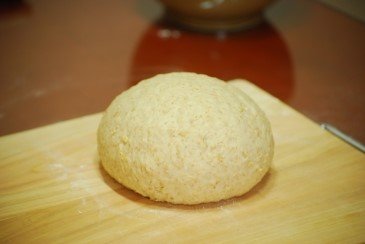 STEP 4/7When you're done with the tissue, sprinkle the powder on the workbench and roll it with a rolling pin to form a long oval shape.
STEP 4/7When you're done with the tissue, sprinkle the powder on the workbench and roll it with a rolling pin to form a long oval shape.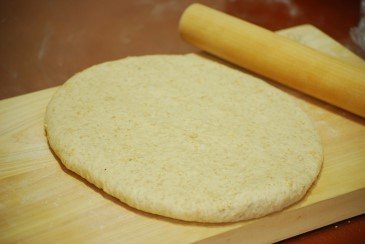 STEP 5/7Roll it from one side and put it on the end like a pinch.
STEP 5/7Roll it from one side and put it on the end like a pinch.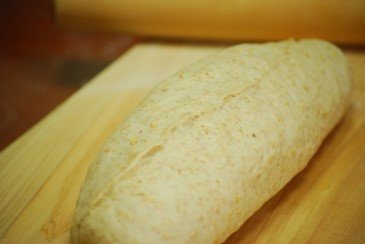 STEP 6/7Place the dough in the pan and gently press the top side to make it even. Cover it with plastic and give it a second fermentation at room temperature.
STEP 6/7Place the dough in the pan and gently press the top side to make it even. Cover it with plastic and give it a second fermentation at room temperature.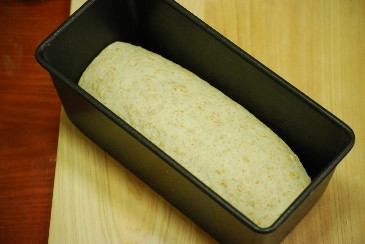 STEP 7/7When the highest part of the dough is 2cm above the mold, you can bake it after fermentation. Put it in a preheated oven at 180 and bake it for about 30 minutes.
STEP 7/7When the highest part of the dough is 2cm above the mold, you can bake it after fermentation. Put it in a preheated oven at 180 and bake it for about 30 minutes.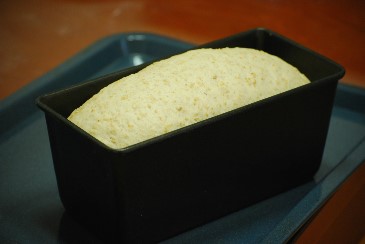
- Cooking review
-
5.00score
-
 359*****scoreSomeone else ate it deliciously. I added 20g of flaxseed powder, but it was baked well and I ate one piece each with my husband, so the picture... Thank you2017-07-31 03:42
359*****scoreSomeone else ate it deliciously. I added 20g of flaxseed powder, but it was baked well and I ate one piece each with my husband, so the picture... Thank you2017-07-31 03:42
-
- Bulgogi Recommended recipe
-
-
1
 Magical taste! Spicy bean sprout bulgogi! If you stir-fry rice,4.85(27)
Magical taste! Spicy bean sprout bulgogi! If you stir-fry rice,4.85(27) -
2
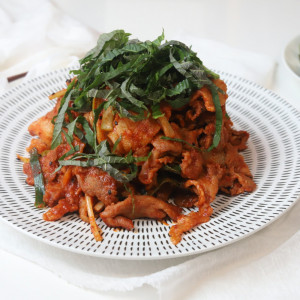 Pork red pepper paste bulgogi, cost-effective pork back-leg dish4.96(24)
Pork red pepper paste bulgogi, cost-effective pork back-leg dish4.96(24) -
3
 Pork, red pepper paste, bulgogi~ How to make it simple and delic5.00(29)
Pork, red pepper paste, bulgogi~ How to make it simple and delic5.00(29) -
4
 Red pepper paste, pork, bulgogi, golden recipe. The secret of th4.95(41)
Red pepper paste, pork, bulgogi, golden recipe. The secret of th4.95(41)
-
- Japchae Recommended recipe
-
-
1
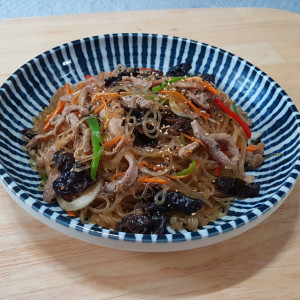 Japchae4.88(16)
Japchae4.88(16) -
2
 One pan japchae that doesn't stir-fry the ingredients separately5.00(17)
One pan japchae that doesn't stir-fry the ingredients separately5.00(17) -
3
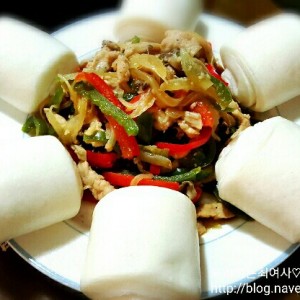 How to make pepper japchae4.91(11)
How to make pepper japchae4.91(11) -
4
 Chef Lee Yeonbok makes chili japchae4.88(16)
Chef Lee Yeonbok makes chili japchae4.88(16)
-